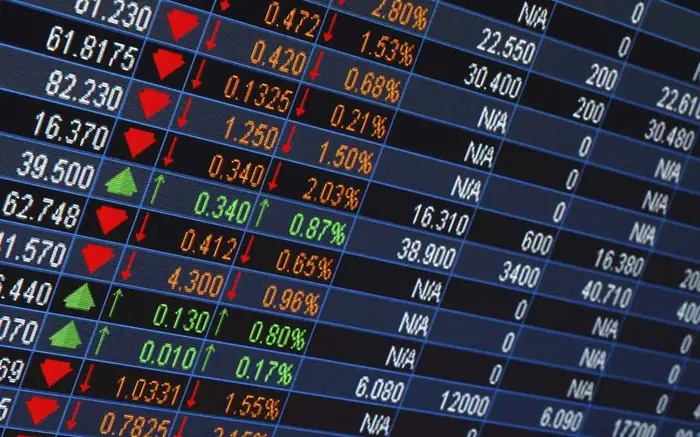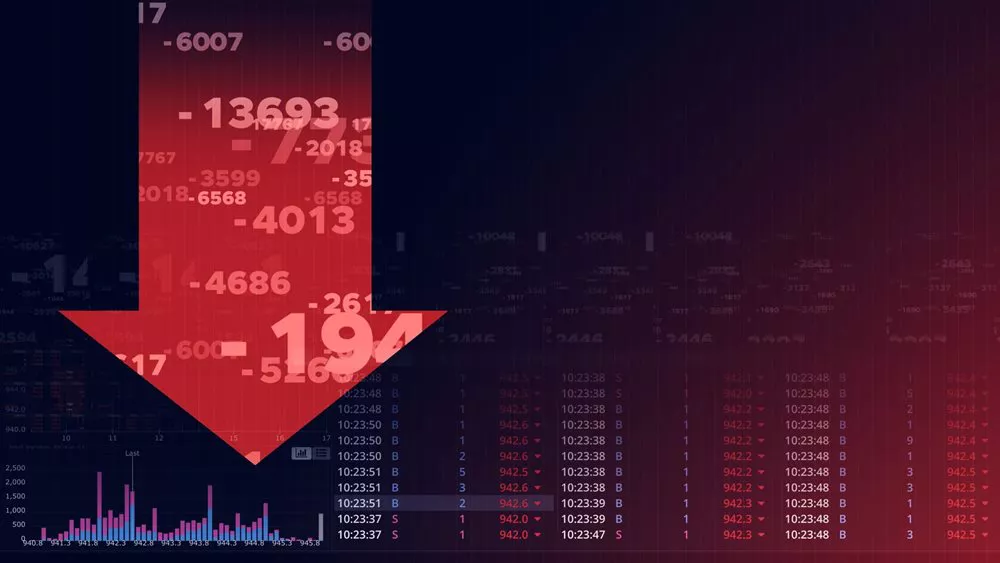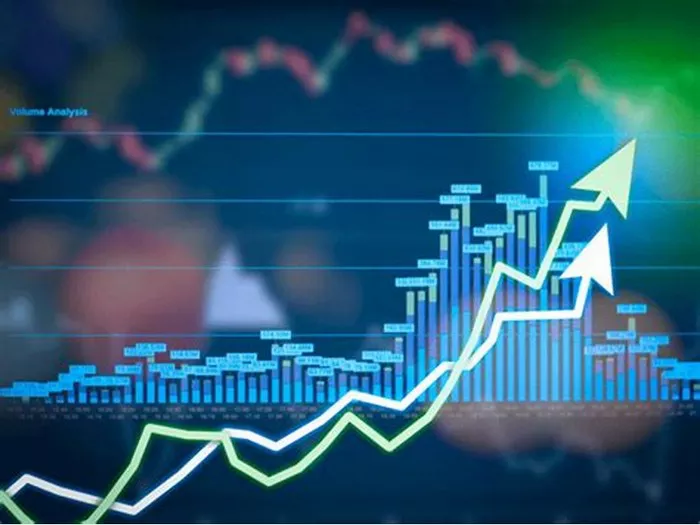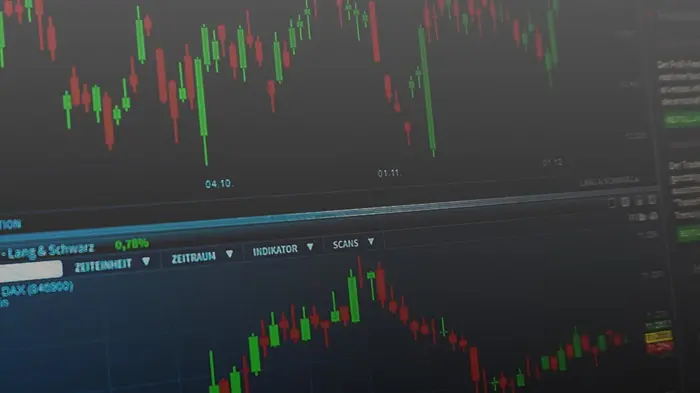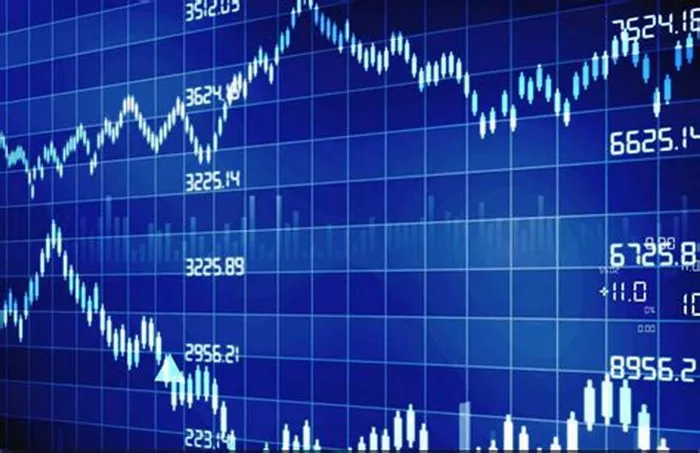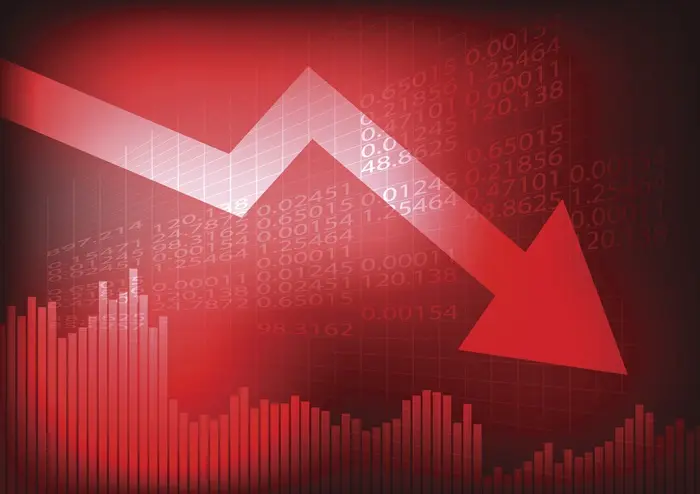The S&P 500 ( ^GSPC ) just had its worst week since March 2020, when COVID-19 brought the world economy to a standstill.
The benchmark index fell about 9% between March 31 and April 4, hurt by a tariff-induced sell-off. Similarly, stocks fell 12.5% in five trading days in 2020 as the pandemic spread across the U.S. But market experts say this time the stock market recovery will be different.
While the S&P 500 is back to all-time highs just four months after the pandemic plunge, experts don’t think investors should expect such a quick recovery in 2025.
“Right now, you’ve moved beyond the story of a quick rebound,” Neil Dutta, head of macroeconomics at Renaissance, told Yahoo Finance. “It’s a confidence shock, so it’s going to take a little while to recover.”
The recent shock to the market has come from President Trump himself. With tariffs expected to reach their highest levels in a century, consumers and businesses are more concerned about the direction of the U.S. economy. It has also shaken investor confidence, and multiple attempts to bounce back from the bottom have failed in recent days.
The biggest difference between this shock and the one caused by the pandemic is that the president may have an “off” switch to turn off the chaos this time. But for now, Trump has shown little sign of backing down.
“We need to see some evidence of negotiations very, very quickly,” Mark Newton, global head of technical strategy at Fundstrat, told Yahoo Finance on Tuesday, discussing how to stop the market free fall.
The recent market sell-off is driven by concerns that Trump’s tariffs could hamper U.S. economic growth. Some believe it could even trigger a recession.
In previous periods of slowing growth, such as the pandemic, the Federal Reserve has slashed interest rates. But this time, the Fed is not expected to come to the rescue immediately.
Tariffs are expected to slow economic growth, but also push up inflation. On Friday, the S&P 500 fell 11% in two days, leading to turbulent markets. Federal Reserve Chairman Jerome Powell said it was “too early to say what the appropriate monetary policy response to these new policies will be.”
Stocks Could Be “Dead Money”
Markets have been volatile as investors try to price in the impact of each tariff increase. But for businesses, the process isn’t so easy. Deciding how to respond to a 54% tariff on Chinese exports that turns to 104% a few days later adds to uncertainty that could slow business investment.
Coupled with the fact that the economy has already cooled, Dutta said the recovery is expected to be slow and “painful.” This is in stark contrast to the “V-shaped” recovery seen in 2020, when the economy rebounded quickly.
Dutta believes that at this stage, during the 15% decline, the market has already reflected a degree of “growth panic.”
“If the panic becomes a reality, then the next step is for stocks to fall,” Dutta said. “If the stock market falls 15%, that already means that the stock market could be dead money for a few months. It will take a while for the stock market to get back to new highs. So a lot of damage has already been done.”
As Dutta said, about half of Wall Street strategists tracked by Yahoo Finance who have issued year-end forecasts believe that the S&P 500 will be flat or down for all of 2025.
This recovery may also have different winners and losers. In 2020, ultra-low interest rates and stimulus consumer spending led to some high flyers in the market, such as Peloton (PTON) and Etsy (ETSY). This time around, strategists don’t expect a similar atmosphere of general risk appetite.
“We are in a more normal monetary environment than we were five years ago,” said Steve Sosnick, chief strategist at Interactive Brokers. “Things like earnings, cash flow are important, and the ability to repay debt is important. People are just not willing to take risks. So that in itself is a very big difference.”
Related topics:






